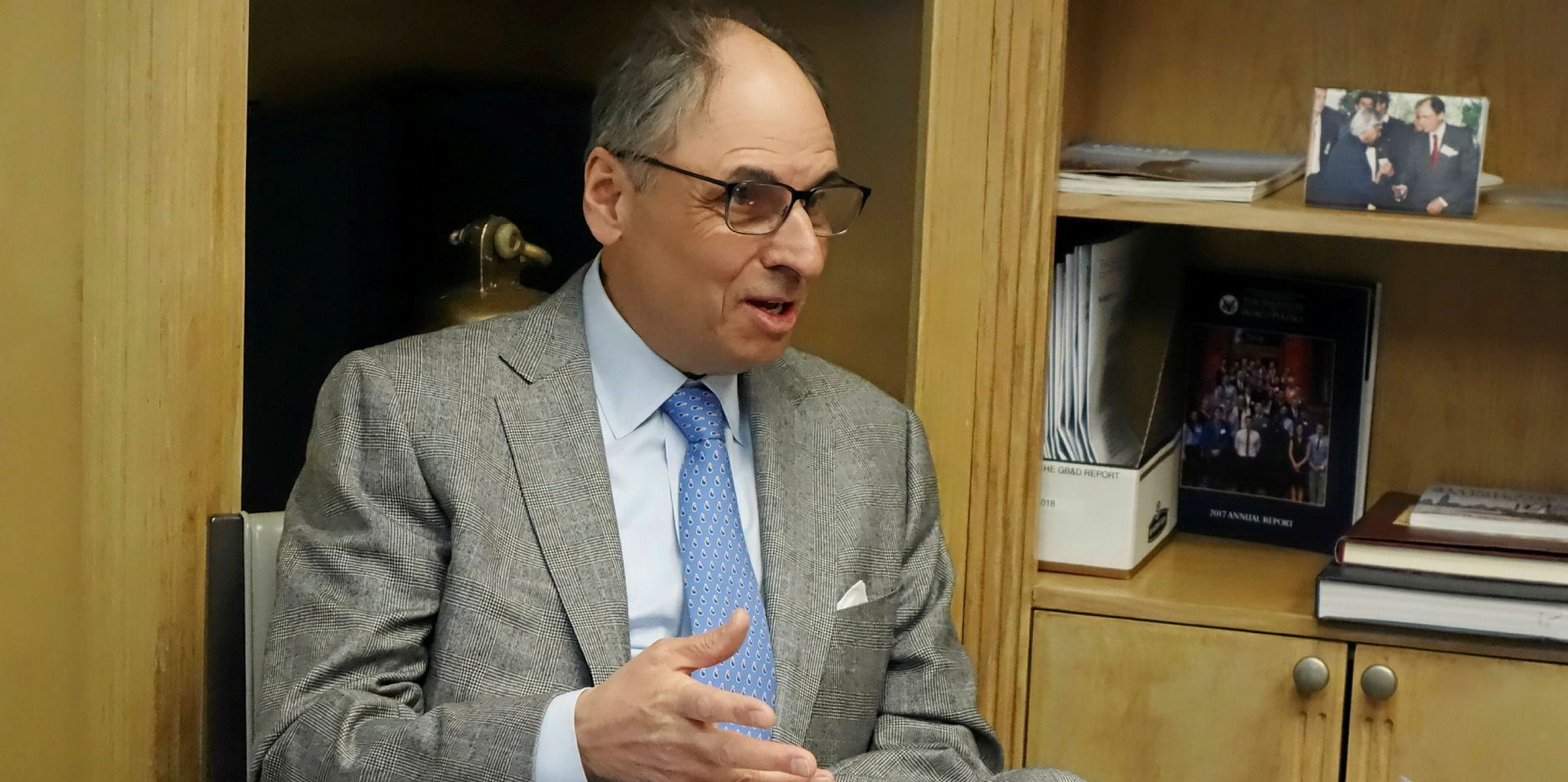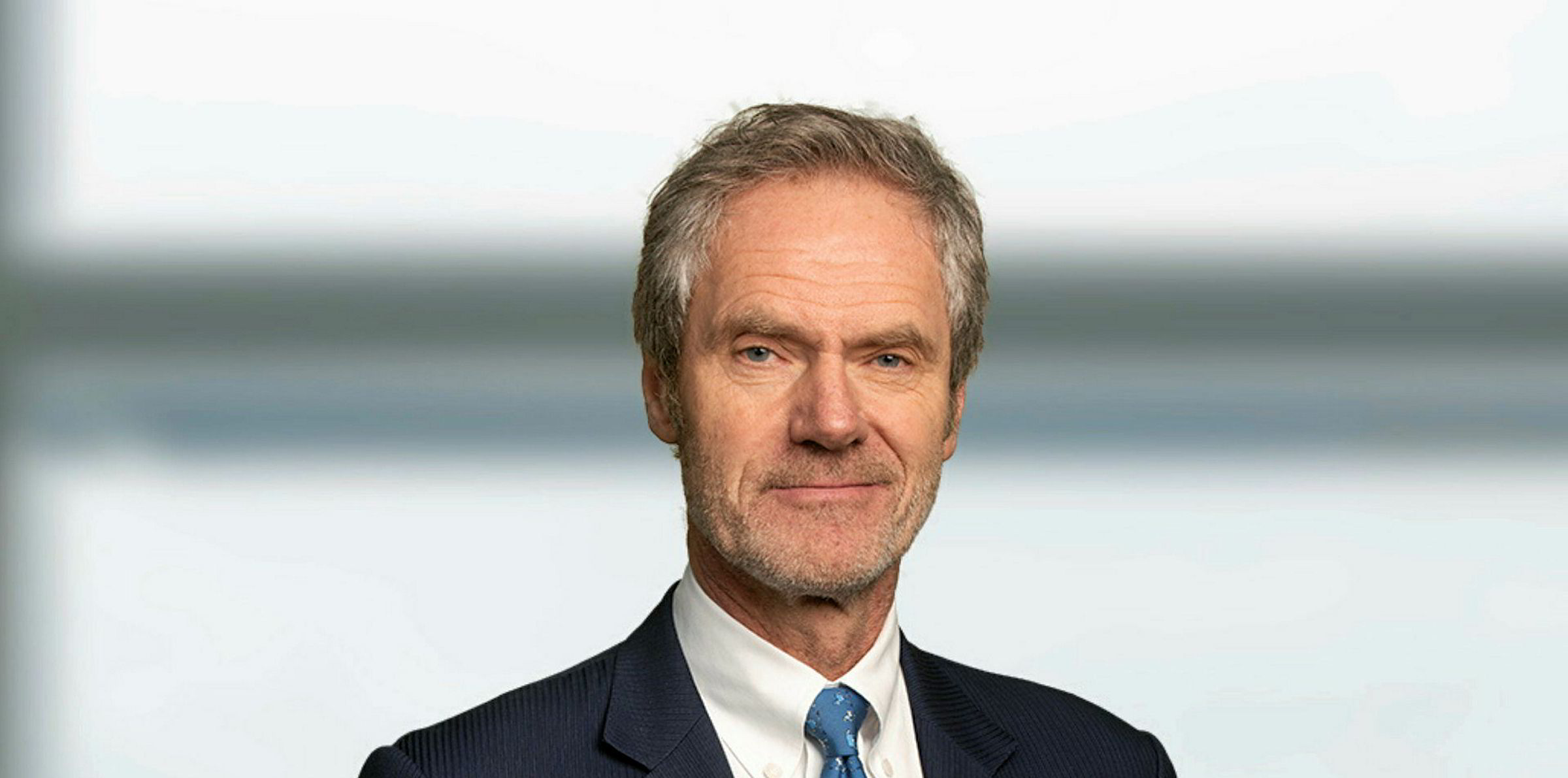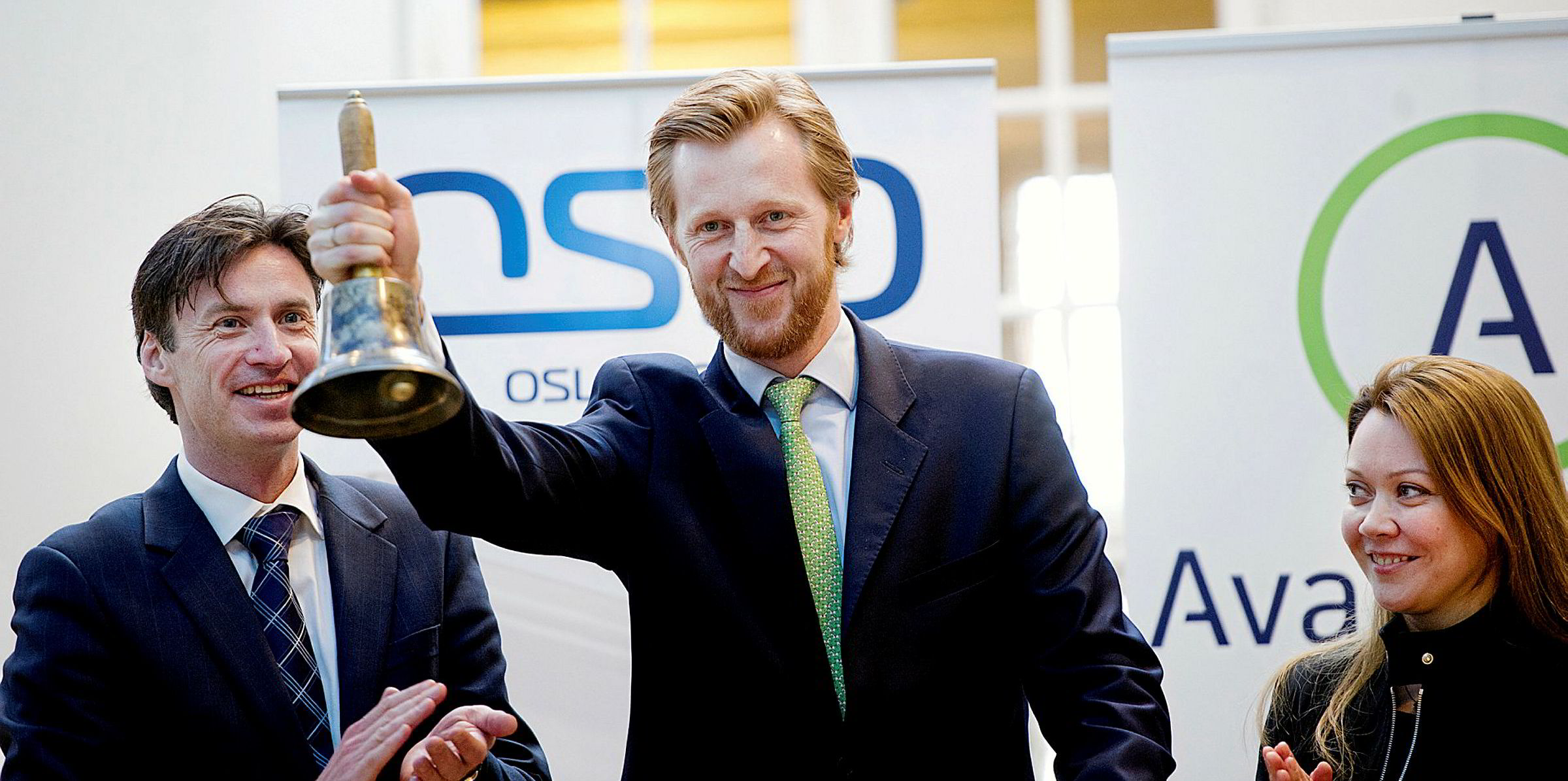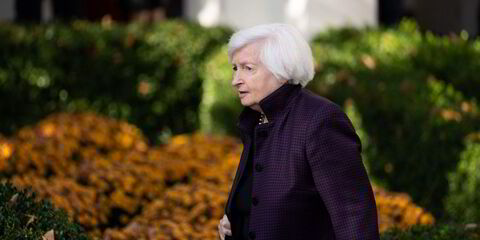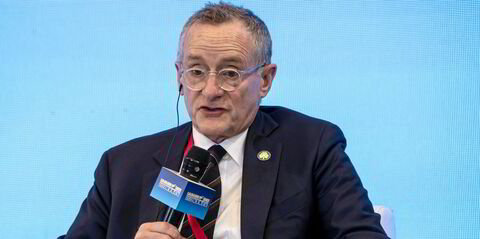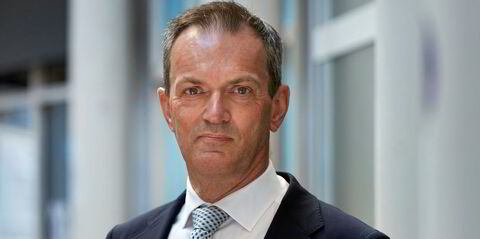Dorian LPG has logged a surge in second-quarter profit, but the New York-listed gas carrier owner missed expectations on Wall Street as a result of lower vessel utilisation.
The VLGC specialist reported a bottom-line profit of nearly $12.2m, roughly double the almost $6.08m booked in the second quarter of 2019.
With derivatives impacts stripped out, adjusted earnings per share of $0.25 was well below the average $0.49 estimate by three equity analysts that track the Connecticut-headquartered LPG carrier owner, according to data from Yahoo Finance.
The company reported $73.2m in quarterly revenue, an improvement on $61.2m reported in the same period of last year but below analyst expectations calling for nearly $78m in revenue.
Chief executive John Hadjipateras said the company faced challenges during the period, including crew movement problems related to coronavirus restrictions and a drop in Baltic Exchange-quoted spot rates from $50 per tonne at the start of April to $30 per tonne at the quarter's close in June.
"The market has since recovered to over $60 and I believe the company is strongly positioned as global conditions begin to normalise," said Hadjipateras, who is also Dorian's chairman and president.
TCE boost
Time-charter equivalent (TCE) earnings came in at just over $41,200 per day in the period, a 39% jump on the second quarter of last year.
The jump "was driven by a more favourable revenue mix due to a decrease in fixed rate time charters, lower fuel prices for our scrubber-equipped vessels, and a general decline in bunker prices", the company said.
| Q2 2020 | Q2 2019 | |
| Revenue | $73.2m | $61.2m |
| Expenses | $51.1m | $41.5m |
| Net income | $12.2m | $6.08m |
| Adjusted net income | $12.7m | $12.1m |
But Dorian LPG said its fleet utilisation took a hit during the period.
Analysts at investment bank Fearnley Securities blamed the 82% utilisation rate for the lower-than-expected earnings.
Dorian said the quarter saw global seaborne LPG liftings total $26.8m tonnes, a 2.7% dip from the same period of last year.
Full-year growth
But the picture was brighter for the year to date. Dorian said volumes have totalled 53.8m tonnes, slightly higher than the 53.5m up to this point in 2019.
US exports increased during the period, but the Middle East saw a decline in output thanks to Opec+ production cuts.
"Through the second calendar quarter of 2020, continued demand and subdued global production levels resulted in relatively strong LPG prices compared to naphtha," Dorian said.
"The resulting positive propane-naphtha spreads during much of April and May caused operating margins for steam crackers utilising LPG as a feedstock to fall significantly in northwest Europe and in Asia. As a result, several petrochemical operators switched feedstocks to naphtha from LPG, impacting demand."
Margins became more supportive of using LPG as a feedstock towards the end of the quarter, a positive sign for the freight outlook.
Looking forward, Dorian offered a more bullish outlook for the sector.
"A return to more favourable commodity price relationships, the ongoing increase in secular demand for LPG as a more environmentally friendly alternative to other forms of energy and forecast high levels of US exports, as evidenced by export capacity and pipeline investments, are expected to provide long-term support for VLGC demand," the shipowner said.
Purchase option exercised
Dorian also announced on Tuesday that the company exercised an option to buy back a VLGC that it had sold in a financial deal involving bareboat charter-back arrangements.
The company will pay $18m for the 82,200-cbm Captain John NP (built 2007), in addition to applying a $26.6m deposit on the ship. That implies a total price of $44.6m.
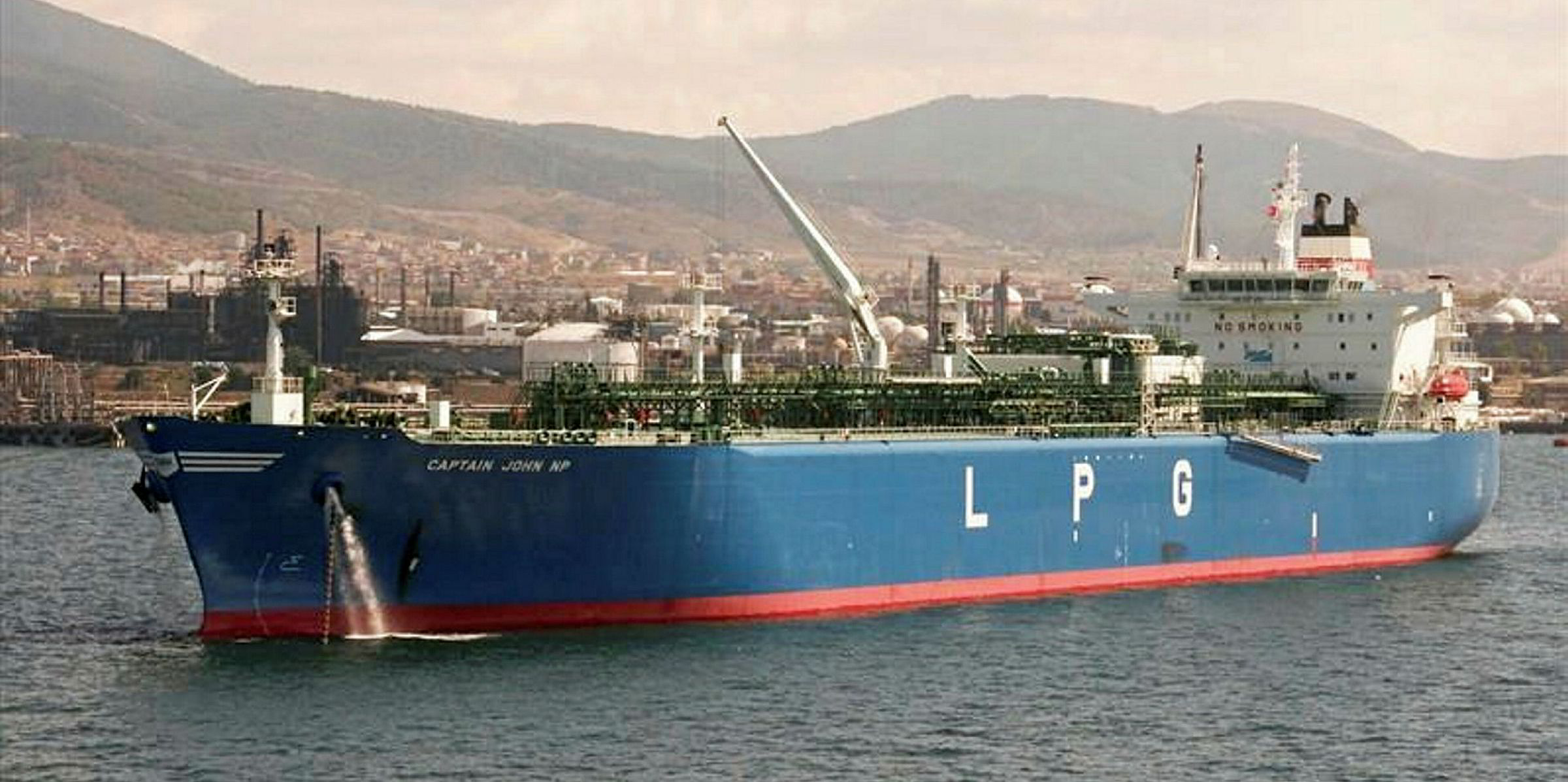
The financier was not revealed.
According to securities filings, the company refinanced the ship in June 2018 by selling the vessel for $48.3m and chartering it back for six years. The deal required Dorian to buy the ship back by 2024.
Maritime Strategies International and VesselsValue estimate the Captain John NP is worth between $36.1m and $37.7m, on a charter-free basis.
